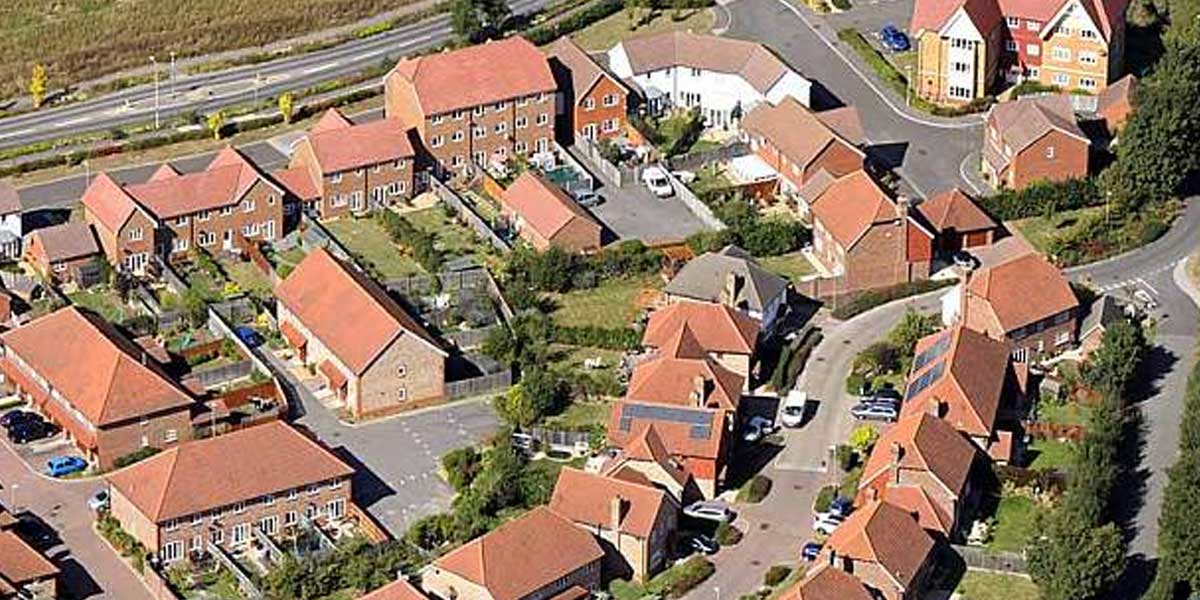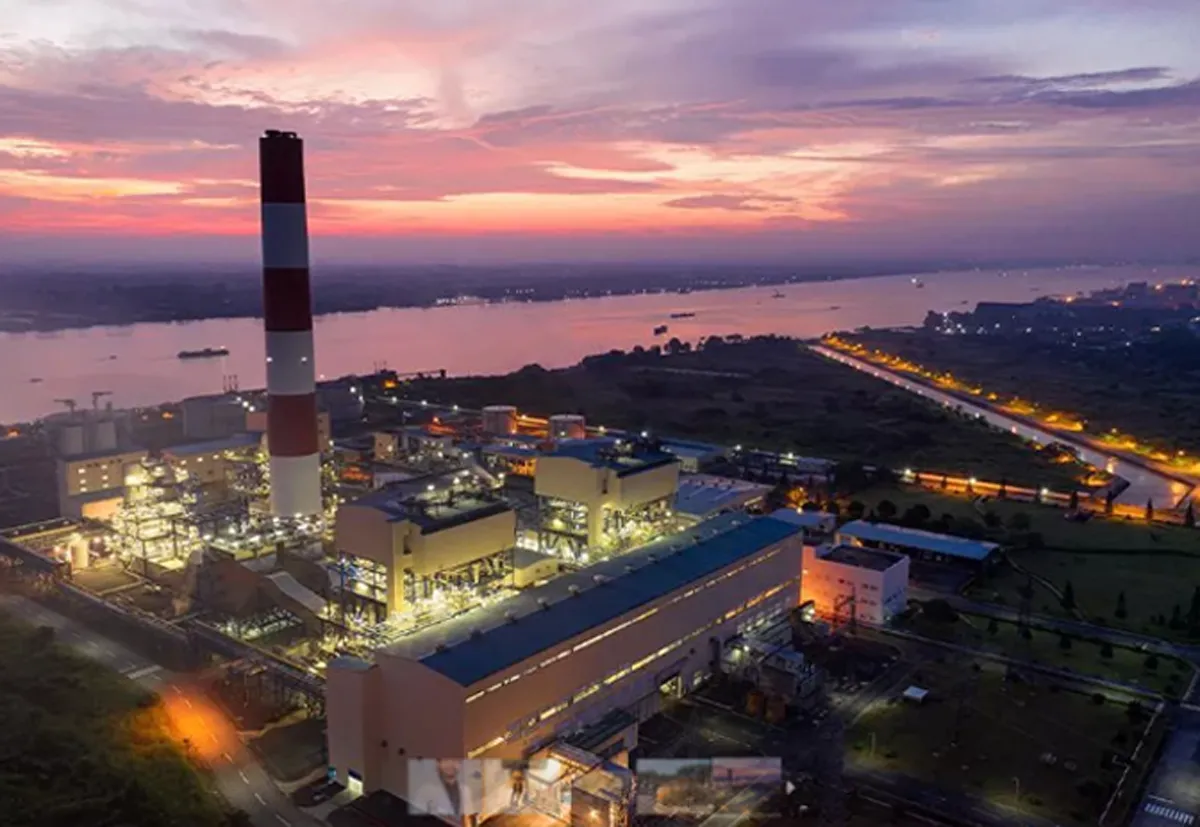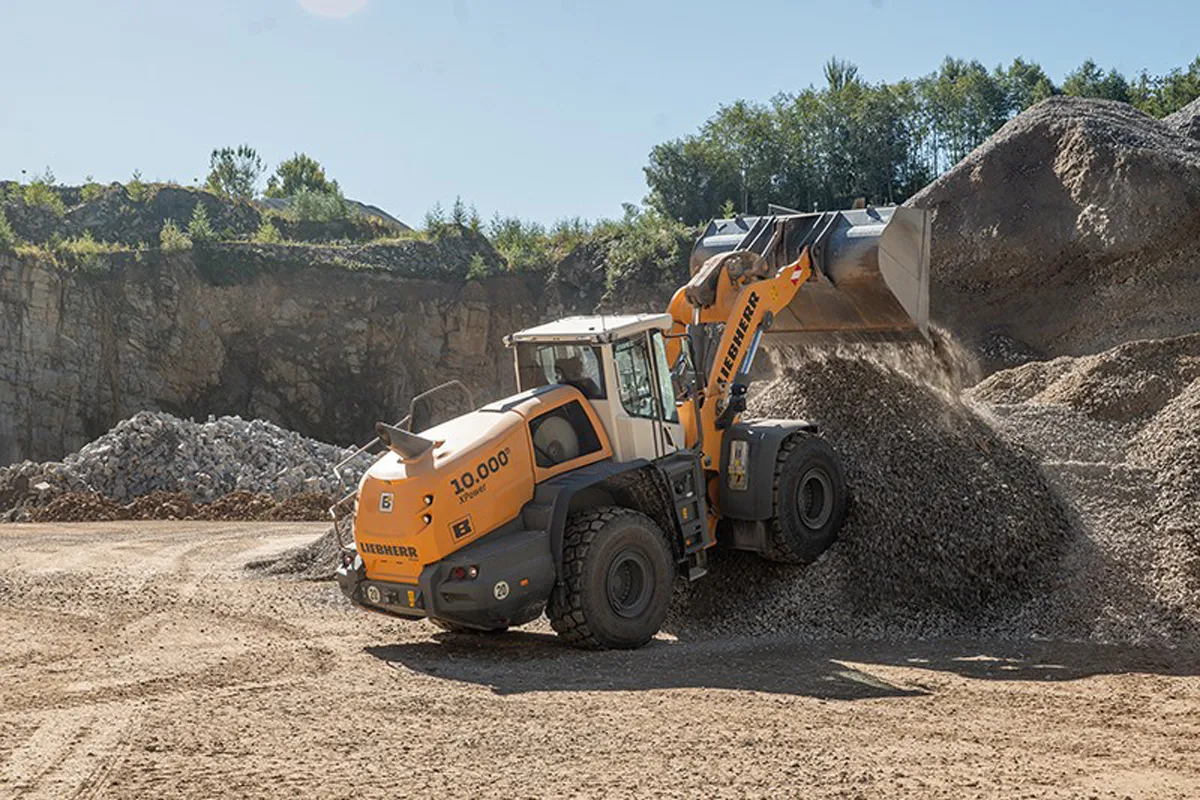In India’s urban growth story smaller towns and cities have now entered the beneficiary lists. However, many of them do not know how to assess requirements or even meet strict conditions to receive grants. Budget 2022 is expected to nudge them in the direction of reforms. Experts tell E Jayashree Kurup that training and capacity building, spatial planning and innovation is needed if India has to meet the challenges of rapid urbanisation and the tough COP26 targets. The fiscal nudge to cities to implement reforms before they can get more money for upgrades, is a necessity but many towns and cities are not in a position to implement the changes as they just do not have the capacity, systems or knowledge to do so. Hitesh Vaidya, Director National Institute of Urban Affairs, the urban think tank of the Ministry of Housing & Urban Affairs, says “We need to come up with innovative mechanisms for the use of financial instruments or tools. We have applied them in an ad hoc manner so far, whether it is value capture financing or capital market borrowing or land lease or Public Private Partnership models.” He propagates looking at cities as a whole and planning in scale. The capacity of cities has to build on financial capability in project finance and procurement & management of projects. He identifies procurement, contract management and financing as the three areas in which to build capacity in a mission mode. Today, even cities which are allocated finance are not able to consume them because of capacity issues. Currently, cities rely on grants from Centre and states. Dr Sandeep Thakur, Associate Professor and Head, Centre for Municipal Finances, NIUA, looks at this year’s allocations. “For the year 2022-23, the 15th Finance Commission has earmarked Rs 22,908 crore for municipalities. Of this Rs 7,227 crore are earmarked for million plus cities and Rs 15,681 crore is for non-million plus cities. The grant will be divided state-wise and will be devolved to the cities from the states, based on their population.” But for the year 2022-23, Dr Thakur thinks cities will be able to manage to meet conditionalities. “They are required to put 25 percent of audited accounts in the public domain - audited accounts for 2020-21 and unaudited accounts for 2021-22. This is possible to meet because in the 14th Finance Commission, for the performance grants schemes, accounts of all ULBs were expected to be audited. States were able to do that and many scored 10 out of 100 marks of the Performance Grant Scheme. The present requirement means that only 25 percent of the ULBs in the state are mandated to show audited accounts in the public domain. With prior experience this should not be difficult.” The second condition was that the states have to notify the minimum floor rate of property tax in 2022-23. “The preparation has already begun in 2021-22 and they should be able to do this in 2022-23 as well,” says Dr Thakur. However, they have to prepare for the tough conditions ahead for the years 2023-24 and beyond, when all the ULBs will have to put audited records in the public domain. They do not have to be audited by the CAG. They simply need to get chartered accountants and internal audits to ready the reports for posting in the public domain. Dr Thakur notices that “after conditionality was placed, their performance has improved.” A clear case for linking reforms to performance.NIUA Director Vaidya says the only way to meet the challenge is to “see the city from a planning perspective, within a regional plan. One should be seeing a city as a spatial unit and plan for it. If problems at the ground level are climate inclusion and economic development is the broad outcome, the challenge is to plan for the city and review it every two years.” To meet this challenge of governance, cities have to become Local Self Governments with empowerment at the ULB levels. “I think we need to focus on finances, functionaries and functions assigned to them,” Vaidya says. Prof Debolina Kundu of NIUA found in a study that “the coverage of basic amenities was much lower in small towns and cities, compared to the 52 metro cities.” With better planning, big cities are able to raise their own revenues through property taxes or user charges. Kundu attributes this lack of capacity or even manpower to smaller cities not being able to efficiently plan and manage collections. “They don’t have the capacity to delve into the problems or understand how to deliver.” Today cities are struggling to generate enough funds. Most are dependent on Central or state grants. As state governments used taxes as tools to give political largesse and states like Rajasthan and Punjab relaxed property taxes, the 13th Finance Commission stepped in and ruled that cities have to be given the freedom to collect property taxes as per Municipal Acts, without state conditions. Property Tax Boards were to be constituted in every state, to study the problems and improve the conditions of cities. Twelve states have constituted the Boards though reforms were not very effectively implemented. As a result, many cities are still struggling with property tax issues. “Now when the only way to get Central grants is to sync the property taxes with Gross State Domestic Product (GSDP), by 2023-24 cities would find this a very tough condition,” says Dr Thakur. If property tax reform is a prerequisite for 100 percent of the grant, many cities that do not understand the subject or do not have the capacity to study and implement these reforms, are likely to struggle. Of the 3,000 cities with less than 50,000 population, most don’t even know how many properties they have or what types of registrations were made in archaic systems. “Only states can help cities, not the Centre,” says Dr Thakur. “State governments have to study what is happening in their cities and check the performance in past years to come up with solutions. If collections have been just 2-3 percent or even negative in past years, it is impossible to raise it to 10-12 percent (Average GSDP growth rate) efficiency within just one year. Both Vaidya and Kundu advocate creation of a hierarchy of towns, cities and metropolitan cities. “Can we create centres of urbanisation in between, a diagnostic study of urbanisation like the one that was done in 1982.” That study used the principle of Spatial Planning in Urban Areas (SPURs). The SPURs have now shifted and a new study is required for “habitat planning to go in a concrete evidence-based direction,” says Vaidya. Currently, work has begun on modifying floor rates by the states. Today, if property taxes are not paid, the only result is that particular property shows taxes not paid for that year. The citizen can pay that as arrears the next year. Once the mandate is to compare it to GSDP, there is no place for the city to show the arrear collection in that particular year. Ideally Dr Thakur feels it should have been a self-sustaining practice instead of being imposed by the Centre. Now that it has been implemented via the 15th Finance Commission, the states will have to work very hard to fix it. Cities are now worried about how grants are going to be tied to reforms. Earlier 80 percent was given as a basic grant and only 20 percent was linked to reforms. Now with 100 percent of grants linked to performance, states have to work on a war footing. Today grants have been linked to safe water and energy resilience. This is crucial if India has to meet the aggressive SDG (Sustainable Development Goals) targets it has taken. In smaller towns and cities, the pandemic shifted the demographics. “They are mostly marketplaces for the hinterland of villages,” says Kundu. The returning migrants from larger cities went back to these towns. “But they did not go there for livelihood and therefore, these were not so badly impacted.” But with rapid urbanisation, these need to become self-sustaining and able to cope with the pressures of larger populations and economic activity. Traditionally, most financial packages were allocated to 500 cities with million plus population. Says former CMD HUDCO and Urban Infrastructure expert V Suresh, “Amrut 2.0 has made provisions for all cities with local bodies and population of upto 1 lakh to be eligible. This brings 4,372 more cities into the fold of Amrut 2.0.” The Centre’s direction is clear. Bring cities into the planning fold. Cities with population sizes of 50,000 to 1 lakh have to make masterplans. Earlier 25 cities were covered in Local Area Planning. Now 75 more have been added to the list. Budgetary support will be coming from the Centre for GIS based planning. “The call to have master plans for all cities by 2022 end or 2023 is a very major call. Only based on these plans can all other engineering services, including water, power, civil lines and sanitation come in a large way,” says Suresh. It is a base reform, so to speak. The Niti Aayog has already flagged the problem of too few planners. More than 7,000 more planners are required for this exercise, based in every small town and city. Augmentation of services in towns and cities with populations of about 25,000-50,000, across different conditions, will also get financial support for water supply, sewerage and road upgrades. Some additional support will also be given for capacity building and transformation of the mindscape of people. This is essential as citizens have to become part of the progress and compliance mechanism. So why is the Centre in a hurry? Says Suresh, “Primarily, the government attaches a lot of importance to the urbanisation component by 2030 when 60 crore more people will become urban, making India 40 percent urbanised. In addition, over 70 percent of the GDP is expected to be generated by city-based economies. To become this engine of growth, cities have to be provided the infrastructure for it. The Covid pandemic focussed attention on sanitation and hygiene in a big way.” That is what the government missions are focussed on. There is another reason why the Centre is pushing for reforms in the cities at a break-neck pace. With the increasing impact of climate change, the only way to make cities climate resilient is to plan and fix the problems even at the nascent stage. India has taken very aggressive climate targets at COP26. To meet the agenda of adhering to Sustainable Development Goals (SDG) by 2030, the cities have to be able to perform within the next eight years. SDG 11 has a city-based agenda for which action has to begin now. Also, says Suresh, “Rs 1 crore of good money spent into good water, sanitation and waste management can save Rs 10 crore spent in handling sickness in cities.” He says 85 percent of diseases point to lack of investment in water, sanitation and hygiene related areas. Planning for growth, economic resilience and to accommodate the growing urban population in tiers of cities and towns to manage congestion is the ultimate challenge. Having started the process 17 years ago with the JNNURM and then with the Smart Cities Mission, reforms are the only way forward for the government. As policy commentator TK Arun says, when cities have a fiscal base, it can be used to issue municipal bonds. Some cities have raised the level of collections to get Central government guarantees which can be used to generate bonds. Ultimately, reform agendas are spelt out in Budgets. Allocations are also made but increasingly the cities have to strengthen their fiscal base to even receive grants. Unless capacity building at the lowest level is taken up on a war footing, ground level change may overtake planning. That is what policy is trying to avoid. The Budget may well spell the direction of that change. E Jayashree Kurup is Director Wordmeister Editorial Services, Real Estate & Cities. She is also Advisor, Communications, National Institute of Urban Affairs




















